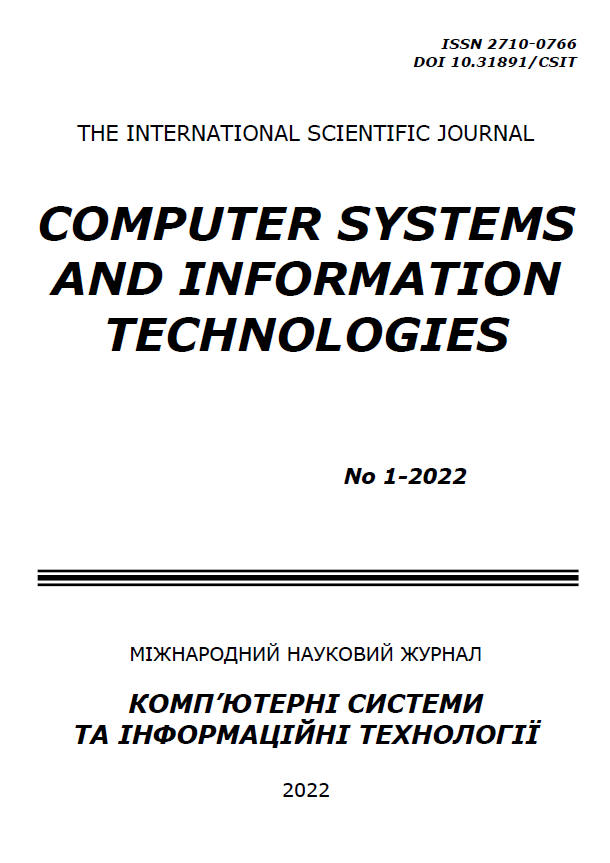THE METHODS OF ENSURING FAULT TOLERANCE, SURVIVABILITY AND PROTECTION OF INFORMATION OF SPECIALIZED INFORMATION TECHNOLOGIES UNDER THE INFLUENCE OF MALICIOUS SOFTWARE
DOI:
https://doi.org/10.31891/CSIT-2022-1-5Keywords:
efficiency, method, fault tolerance, survivability, information protection, hardware and software, information technology, malwareAbstract
The paper examines the provision of fault tolerance, survivability and protection of IT information on the impact of malicious software and computer attacks. Each method is presented separately by its steps. The states of hardware and software on which the implemented methods are impelled in the corresponding systems are investigated. The common states are singled out and on the basis of them and together with the steps of the methods the synthesis of the method of ensuring fault tolerance, survivability and protection of IT information is carried out. It combines three developed methods. This method is represented by four generalized steps. All representations of the models are made by graphs with weight vertices, which specify either the states or steps of the methods. This representation made it possible to connect common vertices.
Some methods of ensuring resilience, survivability and protection of IT information under the influence of malicious software were compared with one integrated method. Experimental studies confirm the effectiveness of both the proposed solution to ensure fault tolerance, survivability and protection of IT information and the effectiveness of the method, which combines the provision of fault tolerance, survivability and protection of IT information.

